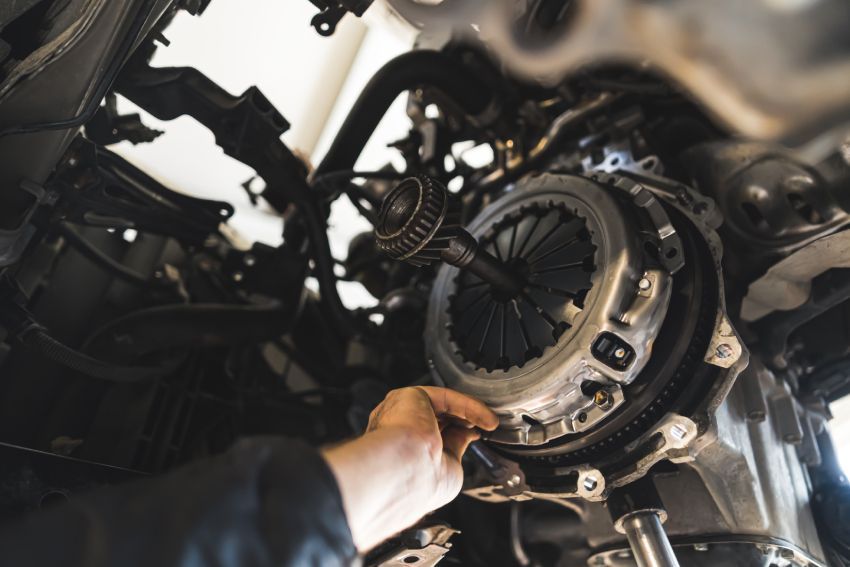Understanding What Is a Diesel Particulate Filter
If you're a diesel vehicle owner, you may have heard the term “Diesel Particulate Filter” or “DPF” thrown around. But what is a diesel particulate filter, and why is it essential for your vehicle's performance and emissions control? In this blog, we’ll take a closer look at the role of the DPF, its function, location in your vehicle, and how it helps keep harmful pollutants in check.
What Is a DPF and Why Is It Important for Emissions?
A Diesel Particulate Filter (DPF) is a critical component in diesel vehicles designed to reduce harmful emissions. Diesel engines produce a significant amount of particulate matter (PM), also known as soot, which can negatively impact air quality and public health. The DPF captures these harmful particles before they exit the exhaust system, ensuring cleaner emissions and compliance with environmental standards.
The importance of DPFs in vehicles cannot be overstated. Not only do they help vehicles meet regulatory emissions standards, but they also reduce the carbon footprint of diesel vehicles, making them more environmentally friendly. This is particularly important for diesel truck owners in Santa Cruz, as clean emissions regulations are stringent and subject to change.
What Does a Diesel Particulate Filter Do in Your Vehicle?
So, what does a diesel particulate filter do exactly? Essentially, the DPF captures soot and other particles from the exhaust gases of a diesel engine. As exhaust gases pass through the filter, the particles are trapped in a porous material, typically made of ceramic or metal. Over time, the trapped particles accumulate and need to be cleaned.
This is where the concept of “regeneration” comes into play. Regeneration is the process where the trapped soot is burned off at high temperatures, either passively (through normal engine operation) or actively (via a special regeneration cycle initiated by the vehicle). This ensures the DPF continues to function effectively by preventing it from becoming clogged and blocking exhaust flow.
Where Is the DPF Filter Located in Most Diesel Vehicles?
Now, you may be wondering, where is the DPF filter located in your vehicle? In most diesel vehicles, the DPF is typically positioned in the exhaust system, after the turbocharger and before the muffler. Its placement ensures that it effectively captures particulate matter before the exhaust gases exit the vehicle.
In some cases, the filter may be located closer to the engine, especially in newer vehicles, to enhance its ability to trap particulate matter. For vehicles with additional performance or custom exhaust systems, the DPF location might differ, so it’s important to consult your vehicle’s service manual for precise details.
How Does a DPF Work to Reduce Harmful Emissions?
Understanding how a DPF works is essential for knowing how to maintain it and ensure your vehicle is running efficiently. When you drive your diesel vehicle, exhaust gases containing harmful soot and particles flow through the DPF. The filter acts like a sieve, capturing the particulate matter.
Once the filter reaches a certain level of soot buildup, the vehicle enters the regeneration phase. During regeneration, the temperature inside the DPF rises high enough to burn off the collected soot, turning it into ash that can be safely expelled from the vehicle. This process is crucial because if the soot isn't burned off and removed, it could block the filter, reducing engine efficiency and potentially causing more serious damage.
If you're noticing any issues with your diesel particulate filter or need assistance with your vehicle's emissions system, don't hesitate to reach out to us at Scotts Valley Transmission & Auto Care. Our team of expert
auto repair mechanics in Santa Cruz is here to help with all your diesel repair needs.
Contact Scotts Valley Transmission today to schedule an appointment for
general auto repair to ensure your diesel vehicle is operating at its best.





